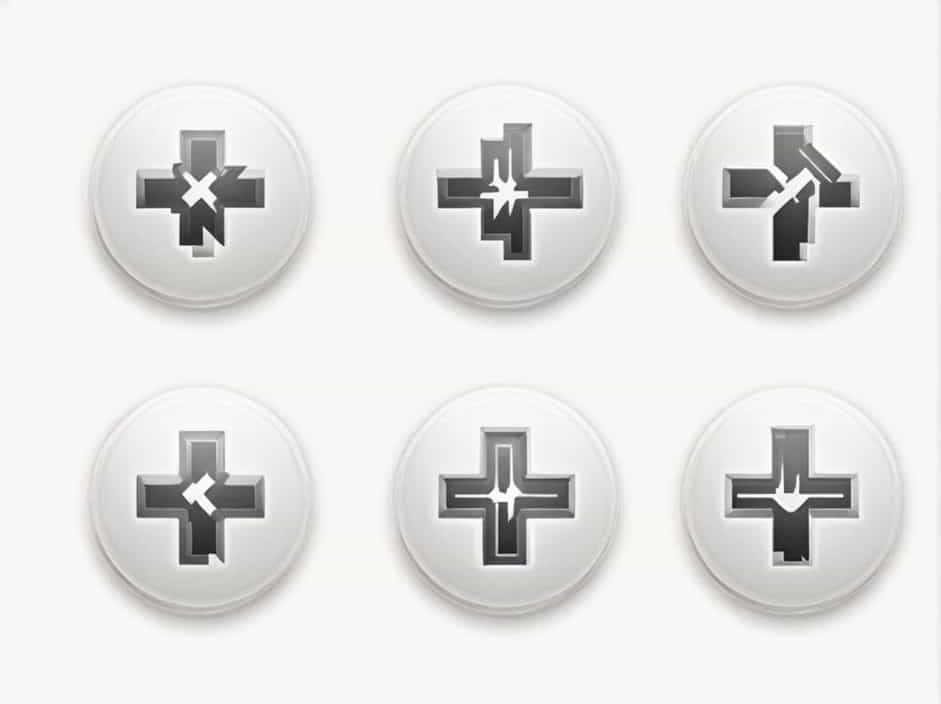A clerestory is a common architectural feature that enhances both aesthetics and functionality in buildings. It is often used to improve natural lighting, ventilation, and spatial perception. But where exactly would you find a clerestory in a building? This topic will explore the definition, location, and benefits of clerestories in different architectural styles.
What Is a Clerestory?
Definition
A clerestory is a row of windows positioned high on a wall, usually above eye level. These windows are designed to allow natural light and fresh air into a space without compromising privacy. The concept has been used for centuries in religious, residential, and commercial architecture.
Historical Background
Clerestories have been a part of architecture for thousands of years. They were commonly found in:
- Ancient Egyptian Temples – Used to bring light into massive stone structures.
- Roman Basilicas – Provided illumination for large public spaces.
- Gothic Cathedrals – Featured elaborate stained-glass clerestories to enhance spiritual ambiance.
Where Can You Find a Clerestory?
1. Religious Buildings
One of the most common places to find a clerestory is in churches, cathedrals, and mosques. These windows help illuminate large interior spaces without the need for excessive artificial lighting.
Examples:
- Gothic Cathedrals – Stained glass clerestories provide both light and artistic expression.
- Basilicas – Roman and early Christian basilicas often feature clerestory windows for natural illumination.
2. Residential Homes
Modern homes often incorporate clerestories to create bright, airy spaces. They are typically found in:
- Living Rooms – To enhance daylighting and reduce reliance on artificial lights.
- Hallways and Stairwells – To bring natural light into otherwise dark spaces.
- Bedrooms – For privacy while still allowing ventilation and daylight.
3. Commercial Buildings
In offices, malls, and public buildings, clerestories contribute to energy efficiency and interior comfort. They are often located in:
- Lobbies and Atriums – To create a welcoming and well-lit space.
- Conference Rooms – For improved lighting without glare.
- Shopping Centers – To reduce artificial lighting costs and enhance shopping experiences.
4. Industrial and Warehouse Spaces
Factories, warehouses, and workshops benefit from clerestories by reducing energy costs and improving working conditions. These windows are typically found:
- On High Walls or Roof Structures – To provide even daylight distribution.
- In Manufacturing Plants – To enhance visibility and productivity.
5. Educational and Institutional Buildings
Schools, universities, and libraries use clerestories to create bright and inspiring environments. They are often found:
- In Classrooms – To improve focus and reduce eye strain.
- In Gymnasiums – To offer natural light without overheating the space.
- In Libraries – To provide a comfortable reading atmosphere.
Benefits of Clerestory Windows
1. Natural Lighting
Clerestories bring ample daylight into buildings, reducing the need for artificial lighting. This contributes to energy savings and creates a more pleasant indoor environment.
2. Improved Ventilation
In warm climates, clerestory windows can be opened to allow hot air to escape, improving indoor air circulation. This makes spaces cooler and more comfortable.
3. Enhanced Privacy
Unlike regular windows, clerestories are positioned high on walls, allowing natural light without compromising privacy. This is especially useful in bedrooms and bathrooms.
4. Aesthetic Appeal
Clerestory windows add architectural elegance to a building. Whether they feature modern minimalist glass panes or intricate stained glass designs, they contribute to the building’s visual appeal.
5. Energy Efficiency
By maximizing natural light and airflow, clerestory windows help reduce electricity costs for lighting and cooling. They are an eco-friendly design choice that aligns with sustainable architecture.
How Are Clerestories Designed?
Placement Considerations
The effectiveness of a clerestory depends on its orientation and positioning. Architects consider:
- Sunlight Direction – South-facing clerestories provide consistent daylight.
- Building Layout – Placing them in high-traffic areas enhances their benefits.
- Glass Type – Double-glazed or tinted glass can control heat gain and glare.
Materials Used
Clerestory windows can be made from various materials, including:
- Glass (Clear, Tinted, or Stained) – Offers different aesthetic and functional effects.
- Metal Frames (Aluminum or Steel) – Provides durability and modern appeal.
- Wooden Frames – Adds warmth and a classic look to interiors.
Integration with Other Architectural Features
Clerestories often work together with:
- Skylights – To increase natural light penetration.
- Passive Ventilation Systems – To enhance air circulation.
- High Ceilings – To create a sense of spaciousness.
Clerestory windows are a valuable architectural feature that enhances lighting, ventilation, and aesthetics. They can be found in churches, homes, offices, warehouses, and schools, each benefiting from their unique advantages.
By incorporating clerestories into architectural design, buildings can become brighter, more energy-efficient, and visually appealing. Whether in historical cathedrals or modern homes, clerestory windows remain an essential element of well-designed spaces.
